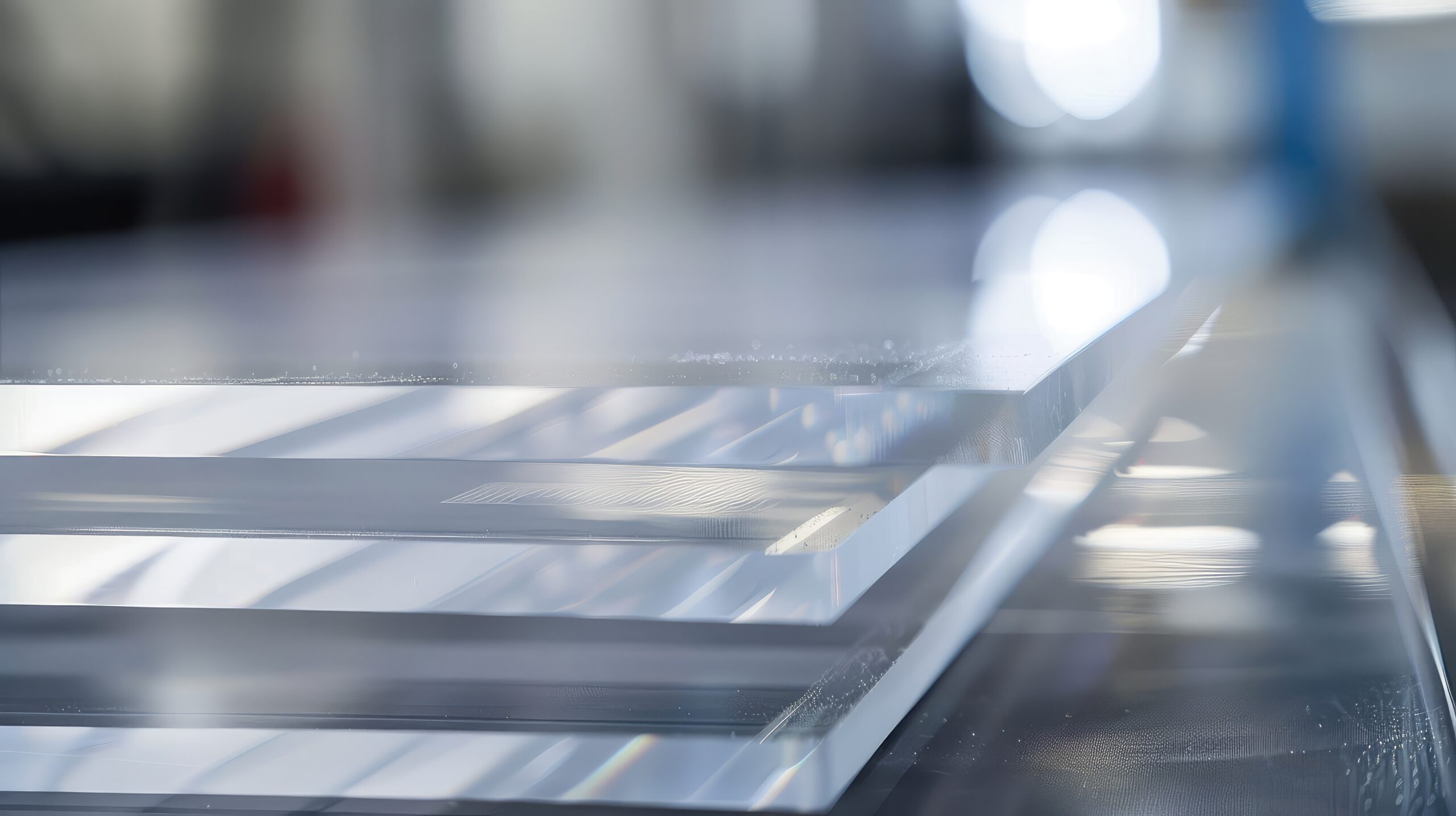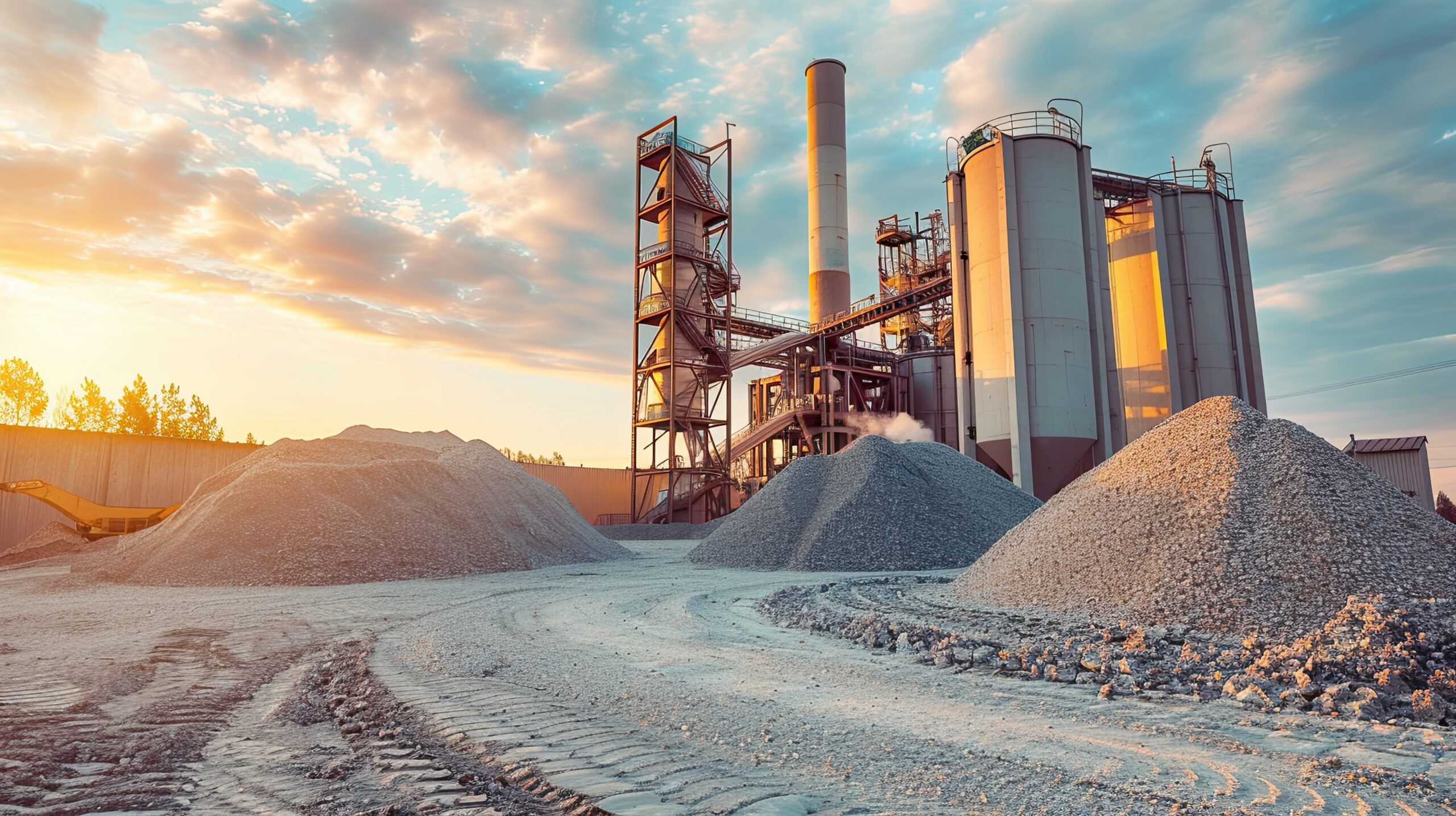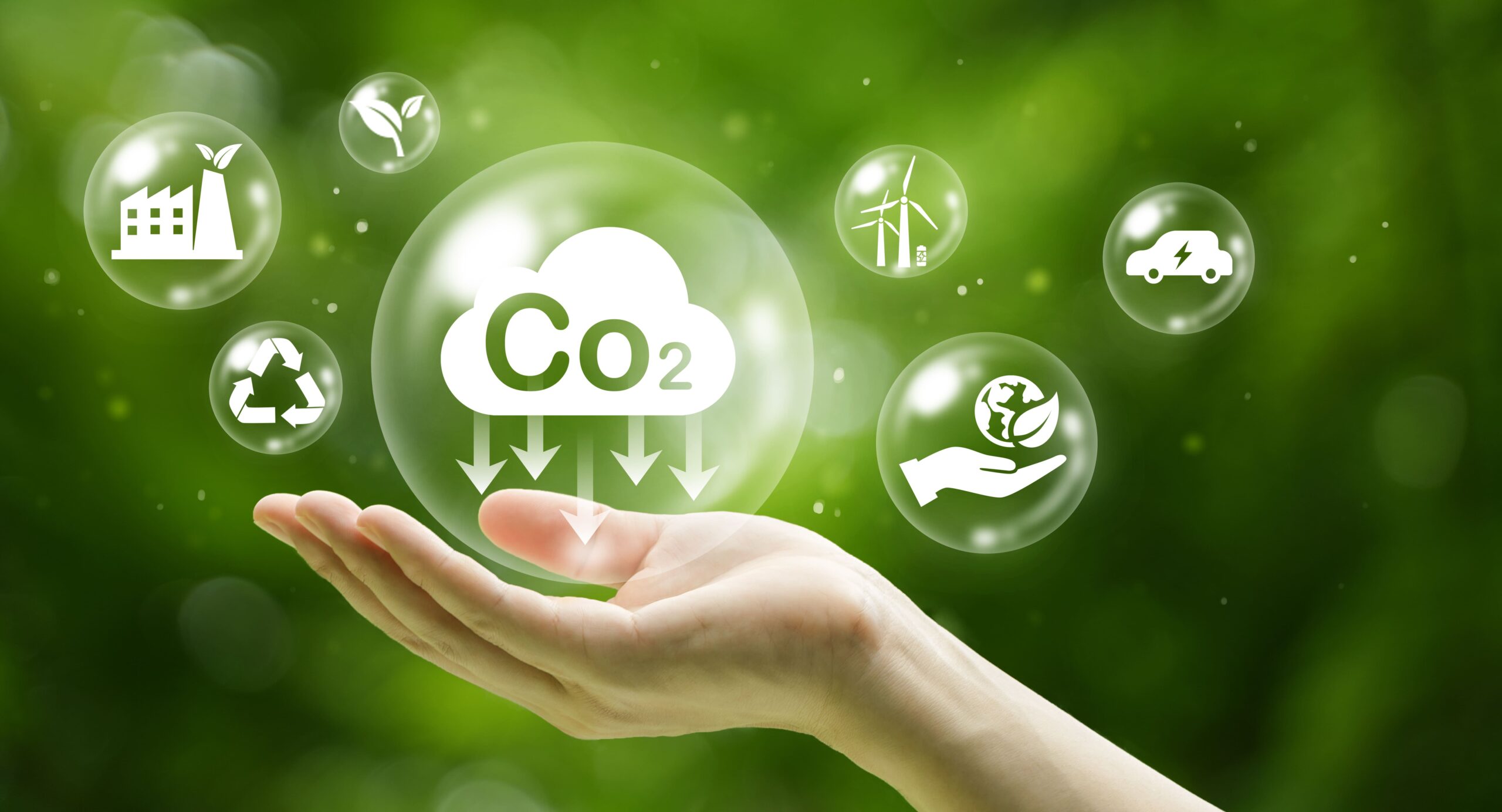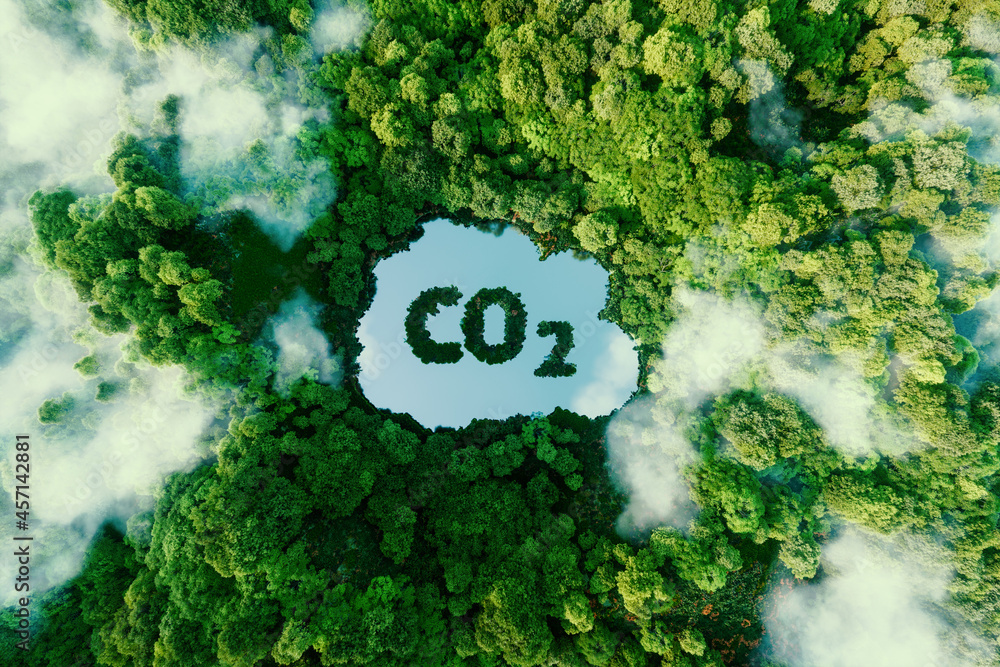
Axis 4 – CO₂ storage and recovery
Context
In its latest report, the IPCC (Intergovernmental Panel on Climate Change) recognised the storage and recovery of captured CO₂ as a strategic tool for achieving carbon neutrality. Complementary to the essential measures of sobriety and energy efficiency, these two solutions are distinct but complementary avenues, each offering different advantages and services rendered. CO₂ Capture and Storage (CCS) enables CO₂ to be sequestered over long periods of time. CO₂ Capture and Recovery (CCR) enables the production of carbonaceous molecules as a substitute for fossil fuels (fuels, chemical molecules, materials), as part of a circular economy, supplying industrial sectors where it is difficult to do without carbonaceous molecules (long-distance transport, plastics, construction materials, etc.).
Targeted projects





No news
Scientific objects
Axis 4 of the SPLEEN PEPR, « CO2 Storage and Recovery », focuses on these two ways of managing the CO₂ emitted by French industry, which is captured and then stored or transformed by various processes.
As far as CO₂ storage or CCS is concerned, previous work has shown that, despite technological advances and a completed experiment (a pilot project at the Lacq industrial site in the Pyrénées-Atlantiques region), onshore geological storage in France is still confined to the realms of experts, which means that it cannot be open to public debate or the definition of a genuine industrial strategy. The aim of the targeted SESAME project « Socio-technical trajectory for onshore geological storage of CO2 in France » is to address the conditions for debating CCS at different scales and involving different stakeholders (politicians, administrations, industry and the general public), and then to draw up a roadmap for the implementation of CCS in France, taking into account the expectations of the various stakeholders on the subject.
With regard to the « CO₂ recovery » or CVC pathway, the challenge is to pave the way for new ways of using CO₂, based on chemical conversions that consume little or no fossil energy. To this end, the targeted POWER- CO₂ project « Propelling the conversion of CO₂ into e-fuels, solar fuels and chemical synthons via renewable energies beyond the state of the art » aims to transform CO₂ into fuels or chemical synthons :
- By developing reactions based on renewable energies, which make optimum use of the energy supplied (electric current or solar irradiation).
- By producing long carbon chains (three or more carbon atoms) with complex architecture, via new activation routes (including plasma, magnetic and radiolysis technologies), as well as coupled routes (bio-electrocatalytic, bio-photocatalytic).
Finally, a call for projects open at the end of 2023 and entitled « Materials, polymers and carbonates from CO₂ » will investigate the chemical and biological conversion of CO₂ into materials or compounds in which the molecule is permanently stored.